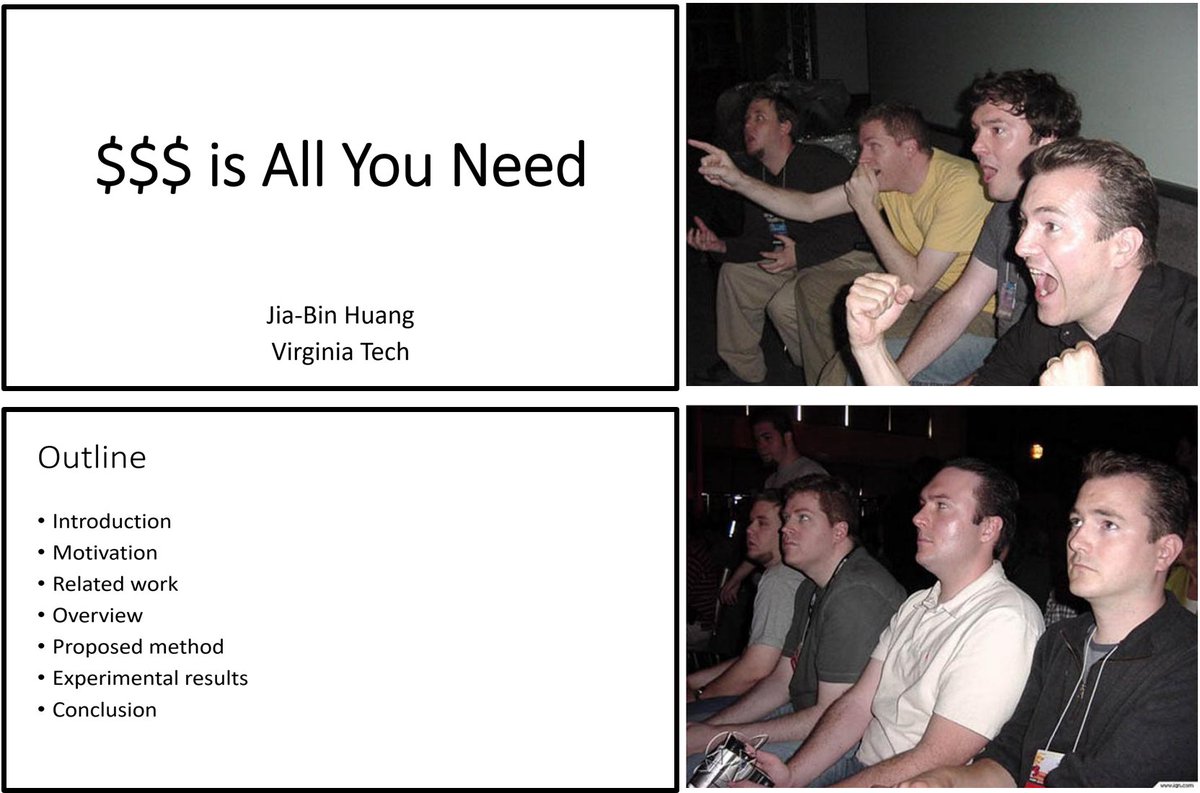
Writing Cold Emails
Writing emails to a stranger could be daunting, but it's a great way to build connections, explore opportunities, and even advance your career.
How do we write an effective cold email?
Check out 🧵 below for some ideas.
Writing emails to a stranger could be daunting, but it's a great way to build connections, explore opportunities, and even advance your career.
How do we write an effective cold email?
Check out 🧵 below for some ideas.
*Content*
Your email should contain the following four elements.
• Greeting: "Hello"
• Introduction: "My name is Inigo Montoya."
• Context/Connection: "You killed my father."
• Call for action: "Prepare to die."
Your email should contain the following four elements.
• Greeting: "Hello"
• Introduction: "My name is Inigo Montoya."
• Context/Connection: "You killed my father."
• Call for action: "Prepare to die."
*Greeting*
Understand basic email etiquette. Do not use Miss / Mrs. particularly if you know the recipient has a PhD. Respect their expertise.
Source:
Understand basic email etiquette. Do not use Miss / Mrs. particularly if you know the recipient has a PhD. Respect their expertise.
Source:
https://twitter.com/brandonbayne/status/1416508720683622407?s=20

*Introduction*
A simple one would work. My name is <NAME>. I am a <POSITION> from <AFFILIATION>. I am writing to <WHAT DO YOU WANT>
A simple one would work. My name is <NAME>. I am a <POSITION> from <AFFILIATION>. I am writing to <WHAT DO YOU WANT>
*Context*
Provide SPECIFIC context, personal connection, background information in your email. Do your homework!
Provide SPECIFIC context, personal connection, background information in your email. Do your homework!
*Call for action*
Spell out what you expect the recipient to do after reading the email. Make it ACTIONABLE (e.g., set up a short meeting, answer a question, or prepare to die).
Spell out what you expect the recipient to do after reading the email. Make it ACTIONABLE (e.g., set up a short meeting, answer a question, or prepare to die).
*Consistent format*
This pitfall is quite common in inquiry emails from prospective students. Ex:
"I am fascinated by your work <paper A> and <paper B>." where paper titles are of inconsistent font type/sizes. This almost surely indicates that you are sending massive emails.
This pitfall is quite common in inquiry emails from prospective students. Ex:
"I am fascinated by your work <paper A> and <paper B>." where paper titles are of inconsistent font type/sizes. This almost surely indicates that you are sending massive emails.
*Your name*
Make sure that you full name "in English" appears as the sender. Don't use your favorite anime character's name or some unmemorable ID (e.g., A90291053@school.edu).
Make sure that you full name "in English" appears as the sender. Don't use your favorite anime character's name or some unmemorable ID (e.g., A90291053@school.edu).
*Make it clear and structured*
Emails are not just plain texts. Make the main points stand out using bold/italic fonts. Itemize your talking points to make the email easier to read.
Emails are not just plain texts. Make the main points stand out using bold/italic fonts. Itemize your talking points to make the email easier to read.
*Quality*
For prospective students looking for advisors, remember that your email is a WRITING SAMPLE. If your email is not clear or has lots of errors, it could actually hurt your case. Revise the emails before you send them.
For prospective students looking for advisors, remember that your email is a WRITING SAMPLE. If your email is not clear or has lots of errors, it could actually hurt your case. Revise the emails before you send them.
• • •
Missing some Tweet in this thread? You can try to
force a refresh







